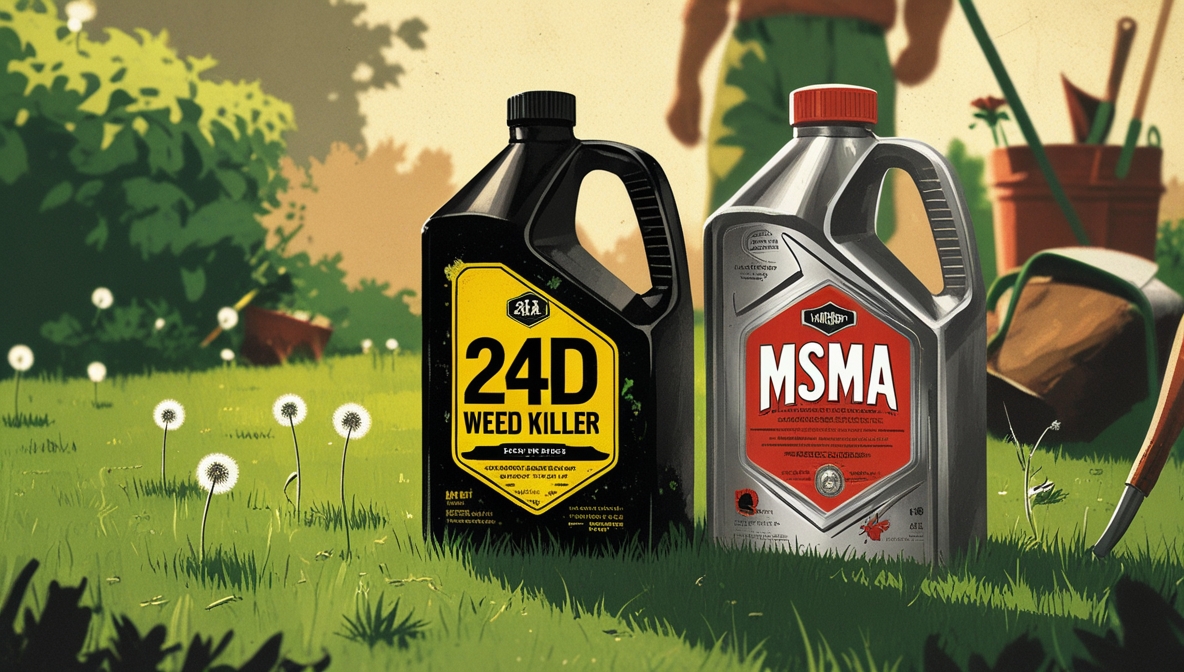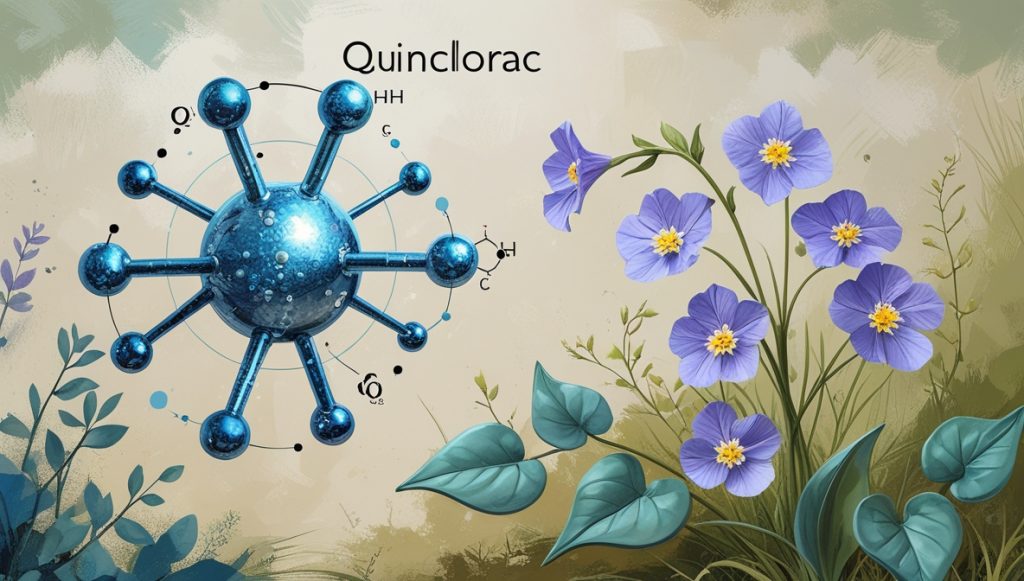Weed control in various settings often requires the use of multiple herbicides to effectively target different types of vegetation. 2,4-D and MSMA (methyl salicylate) are two commonly used herbicides, each with specific mechanisms of action. This article explores the potential for combining these herbicides and the potential benefits and risks associated with their use together. It’s crucial to understand the interactions before employing such mixtures, as combining herbicides improperly can lead to decreased efficacy or even detrimental effects on the target area and surrounding environment.
The effectiveness and safety of using herbicides depend heavily on factors like the specific application method, the target vegetation, and the environmental conditions. This article aims to provide a comprehensive overview to aid informed decision-making for professional and DIY users regarding the use of 2,4-D and MSMA.
Contents
24D and MSMA: A Combination?
Combining 2,4-D and MSMA herbicides is a practice often employed in targeted weed control scenarios. There’s a potential theoretical advantage to combining them, as they act on different mechanisms, potentially leading to broader spectrum control. However, this approach isn’t universally recommended and requires careful consideration. The effectiveness and safety of such combinations vary based on specific conditions and are not always guaranteed.
While some practitioners might find successful outcomes with combined applications, a more common approach is to evaluate the specific weed types and the target area’s needs to select the most appropriate single herbicide. Using the correct herbicide for the job, applied according to manufacturer recommendations, is often the safest and most effective strategy.
Understanding 24D Weed Killer
2,4-D, or 2,4-dichlorophenoxyacetic acid, is a broadleaf herbicide that disrupts plant growth hormones. It’s effective against a wide range of broadleaf weeds, particularly in agricultural settings, and is often used pre-emergently or post-emergently. Its mode of action targets the plant’s growth processes, inhibiting their ability to produce necessary proteins.
The effectiveness of 2,4-D can vary depending on the specific weed species and environmental conditions. Understanding the specific 2,4-D formulation (e.g., ester, amine) is also important as it affects its rate of uptake and efficacy.
Understanding MSMA Weed Killer
MSMA, or methyl salicylate, is another broad-spectrum herbicide, but its mechanism of action is different from 2,4-D. It inhibits the production of chlorophyll, leading to plant death. It’s often used in situations where 2,4-D might not be as effective, or where a different mode of action is desired. MSMA is particularly effective on certain grasses and sedges.
MSMA’s efficacy and safety are highly dependent on the specific application conditions and the target plant species. Factors like temperature and moisture levels can impact its absorption and translocation within the plant.
Potential Synergistic Effects
Theoretically, combining 2,4-D and MSMA could result in enhanced weed control due to their differing modes of action. One herbicide might potentially enhance the effectiveness of the other by disrupting different pathways in the plant’s physiology. This synergistic effect might lead to faster kill times or greater overall efficiency.
However, achieving a true synergistic effect is not guaranteed. In some cases, the combined application might simply result in a combined effect of both herbicides, rather than a truly enhanced result. Therefore, it’s essential to carefully test any combination before widespread use.
Potential Negative Interactions
Despite the potential benefits, mixing 2,4-D and MSMA can also lead to unexpected negative interactions. These interactions could range from reduced efficacy to increased phytotoxicity on unintended targets. Unfavorable soil conditions or environmental factors can exacerbate these negative impacts.
In some circumstances, the combined application might produce a toxic effect on the surrounding vegetation, such as causing damage to desirable plants or crops. It’s crucial to carefully evaluate the specific target area, soil type, and climate conditions before employing such mixtures to mitigate potential harm.
Safety Precautions and Considerations
Always follow the label instructions for both 2,4-D and MSMA when using these herbicides, regardless of whether they are mixed or used individually. Proper safety equipment, including gloves, eye protection, and protective clothing, is crucial to prevent skin and eye exposure.
Thorough cleaning of equipment and surfaces after application is essential to prevent accidental contamination. Proper disposal of leftover herbicides is critical to protect the environment and prevent the contamination of water sources or sensitive ecosystems. Always prioritize environmental safety and choose the most appropriate and responsible herbicide application approach.
Combining 2,4-D and MSMA herbicides can potentially offer advantages in targeted weed control, but it’s essential to approach this practice with caution. Understanding the individual mechanisms of action, potential interactions, and safety precautions is paramount before attempting such mixtures. Prioritizing responsible herbicide use and selecting the most appropriate single herbicide for the task is often the safest and most effective strategy for achieving desired weed control outcomes.






